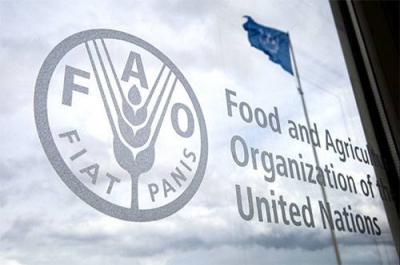The Food and Agriculture Organization of the United Nations (FAO) announced yesterday that it has launched a $16 million project aimed at improving livelihoods, sustainable land management, and biodiversity conservation in three Yemeni governorates: Socotra, Dhamar, and Al-Mahra. The organization clarified in a statement that the project targets 160,000 beneficiaries, divided equally between males and females over a period of seven years, in the targeted project areas including Socotra Island off the eastern coast of the country and the Huf and Atmah protected areas in Al-Mahra and Dhamar.
Yemeni Minister of Water and Environment Tawfiq Al-Sharjabi told Reuters that the project, which will create environmentally friendly job opportunities in the protected areas, aims to rehabilitate 25,000 hectares of protected natural lands and 75,000 hectares of pasture lands while developing forests in the three reserves. Al-Sharjabi emphasized the project's importance in supporting and developing sustainable livelihoods in the targeted areas by adapting to climate changes, preserving biodiversity, and protecting natural resources from environmental and human threats, "especially as Yemen suffers from significant climate changes due to drought, desertification, water scarcity, heat waves, and floods."
FAO representative in Yemen, Hussein Jadin, stated that the project "strengthens sustainable, inclusive, resilient agricultural food systems that are adapted to climate change, and the ability of participating families to withstand their livelihoods, producing sufficient, safe, and nutritious food sustainably." According to the United Nations Educational, Scientific and Cultural Organization (UNESCO), Socotra Island, which was classified as a UNESCO World Heritage site in 2008, is among the four most important islands in the world in terms of biodiversity and plant life, home to thousands of endemic plants, animals, and birds.




